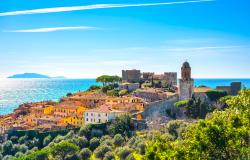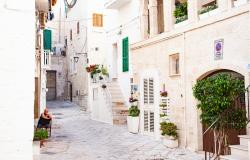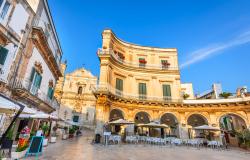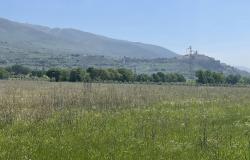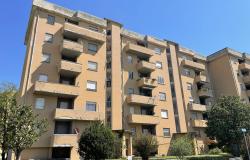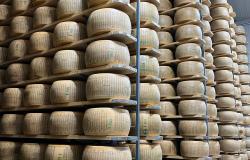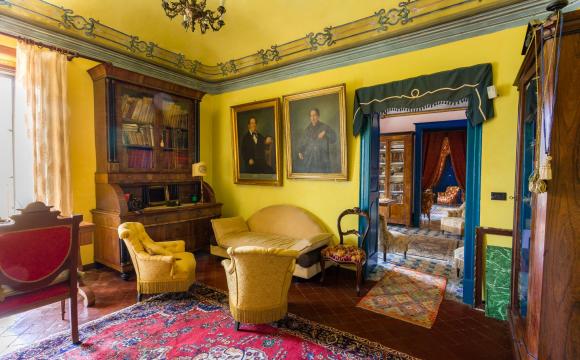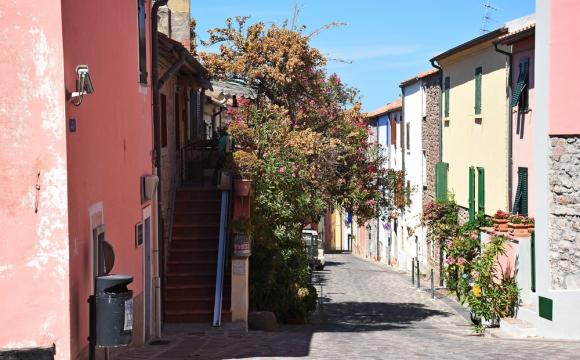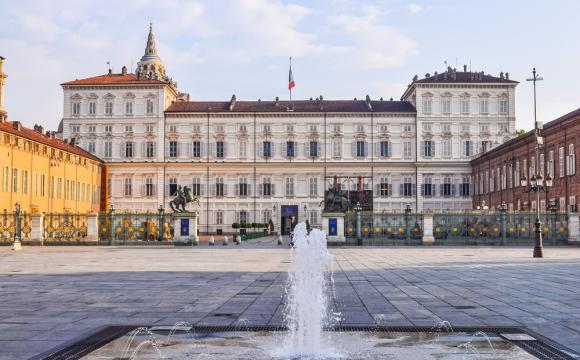It is official—with a few notable exceptions, Italy is in the grip of a property slowdown. The definitive word comes from the Agenzia del Territorio, Italy’s equivalent of the Land Registry.
A market report released at the end of July found that the volume of residential sales in Italy in 2007 fell by 4.6% over the previous year. The decline is greater in provincial capitals—Naples with -16.2%, Palermo with -12.4%, Milan with -11.8%—than in the rest of the country. However, for the first time since 2000, the market in smaller comuni (administrative units) also contracted—a sign, states the report, of “crisis in the property sector, which clearly appears to have reached the end of a cicle.”
Worst hit were the towns, villages and countryside in the provinces of Imperia, Lodi, Sondrio, Aosta and Reggio Emilia in the North, Latina in the Centre and Naples, Sassari, Enna, Ragusa and Trapani in the South.
The drop in sales goes hand in hand with a rise in stock. Properties for sale are more widely available than in the past few years, particularly in the North, where stock increased by an average annual rate of 2.18% between 2000 and 2007, compared to 2.07% in the Centre and 1.36% in the South. The regions of Veneto, Emilia Romagna and Lombardy saw the greatest rises.
As a result, the IMI (Indice di Intensita’ Immobiliare, which is the ratio between sales volumes and stock, and measures how hot the market is) has fallen throughout the country, with the greatest declines in Milan, Genoa, Bologna and the comuni around Rome.
There are, however, a few havens bucking the trend. Among the cities, Messina, Lucca and Lodi (only the capital, not the outlying comuni) saw sales volumes grow by more than 20%. Among the provincial markets, the most active ones were Forlì, Rimini and Prato, which recorded spikes in sales volumes of more than 10%. Looking at the whole regional markets, Umbria, Molise and the Marche the only three on the up—by 7%, 4.4% and 0.1% respectively.
Despite the widespread drop in volumes, prices continued to grow throughout 2007, according to the Agenzia del Territorio. A 6.1% rise over 2006 brought the average price for an Italian property to €1,536 per square metre, from €1,448. Bolzano, Siena, Bologna, Roma, Firenze and Venezia are the most expensive cities, Trapani and Vibo Valentia the cheapest ones. Outside the provincial capitals, prices are highest in Portofino, Capri and Cortina d’Ampezzo, where properties cost about nine times more than the national average.
That said, a recent report by Italian research company Nomisma forecasts a decrease in real property values (net of inflation) between the end of 2008 and 2009.
Armed with these gloomy indicators, Assoedilizia, a Milanese property association, has called for the Agenzia del Territorio and the comun’s fiscal offices to revise downward the cadastral values used to calculate the amount of stamp duty due on a property.
“It is absolutely necessary for the offices of the Agenzia del Territorio to acknowledge the [market] trend when it comes to determining new cadastral values, assessing revised values further to restoration work, or carrying out general area revisions—whereas the values currently in use are the same that applied two or three years ago (and were obviously deemed appropriate at the time) when the market was growing,” says Assoedilizia’s President, Achille Colombo Clerici. “In other words, we should avoid what often happened in the past when the tax offices continued to assess and determine cadastral values based on figures that were out of sync with a clearly declining market.”
New report renews signs of property market slowdown

Words by Carla Passino
